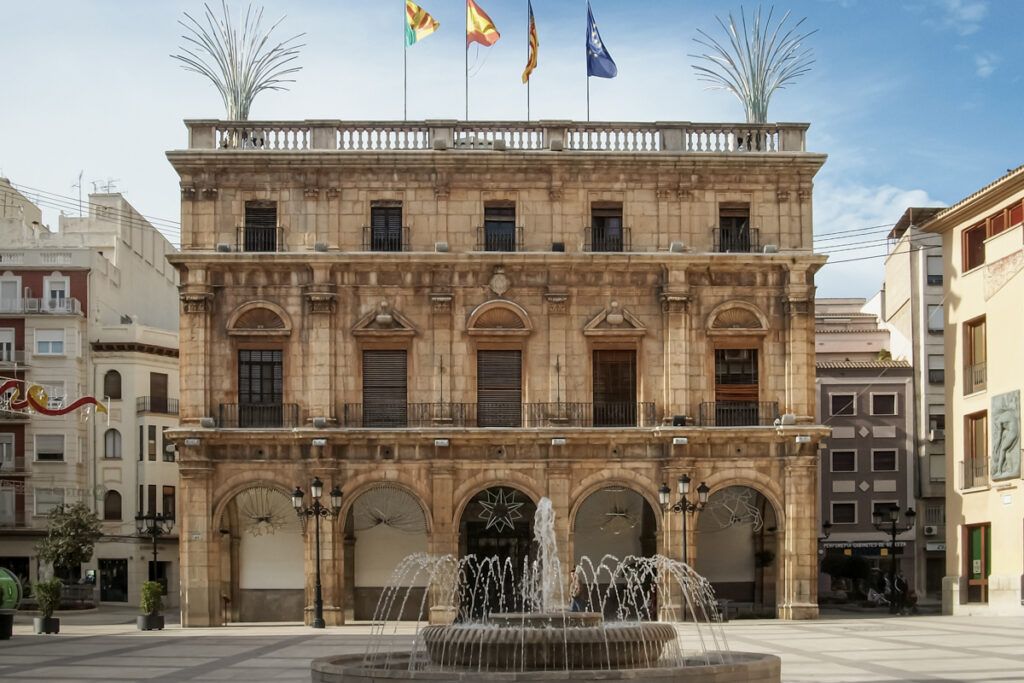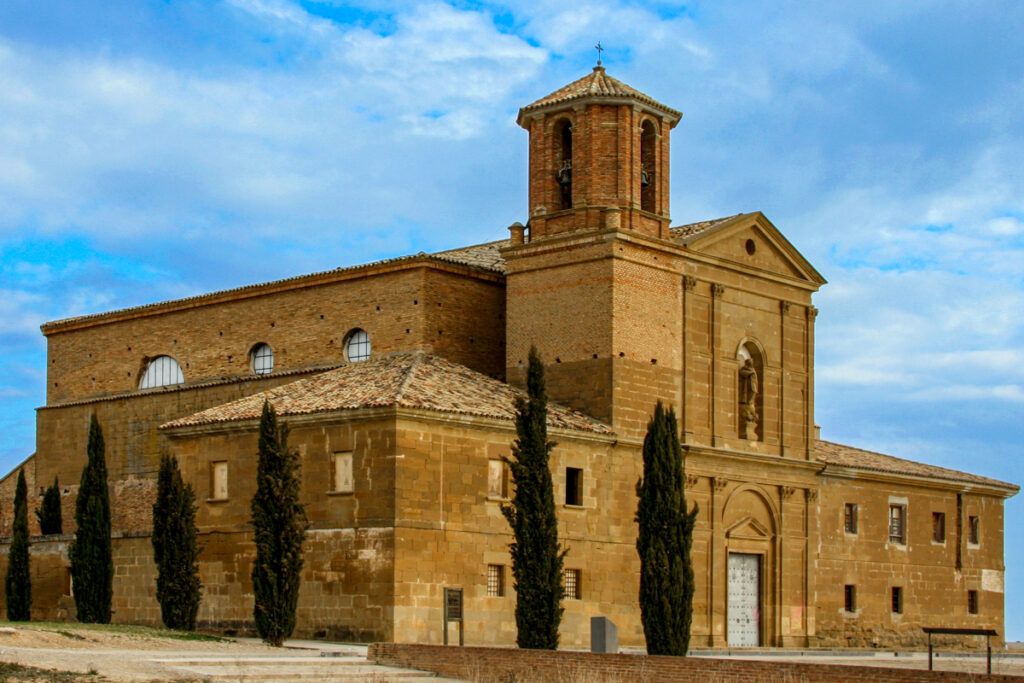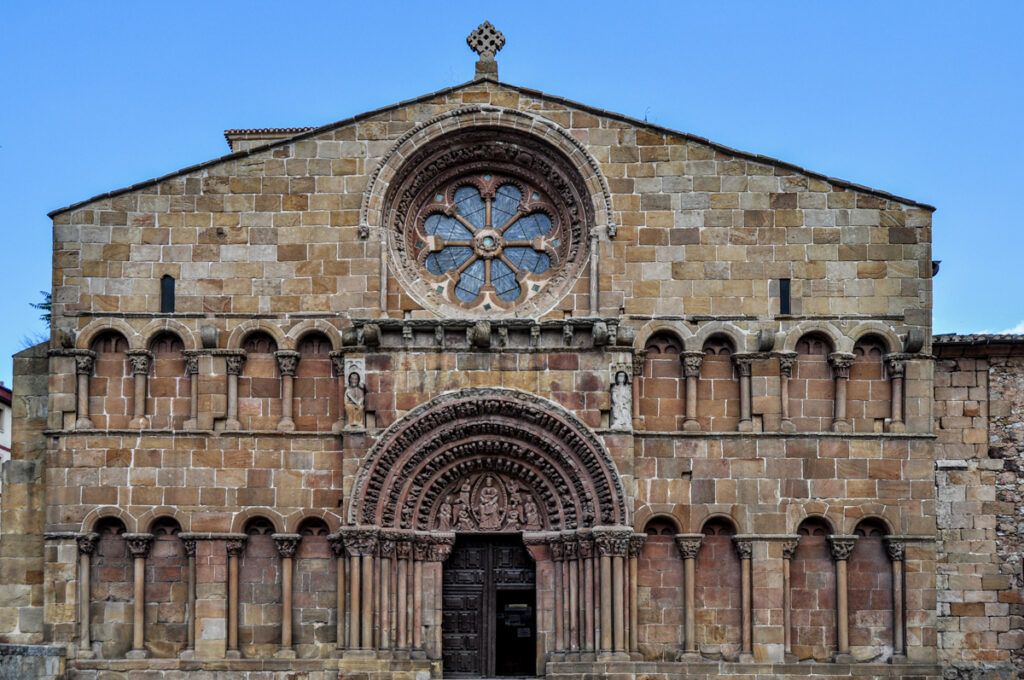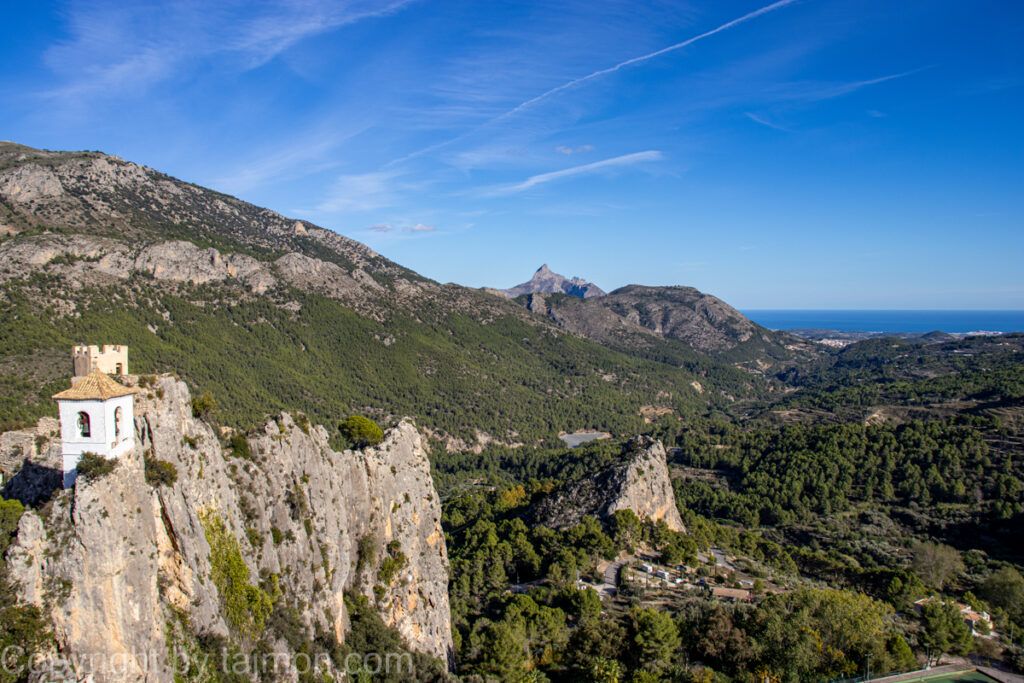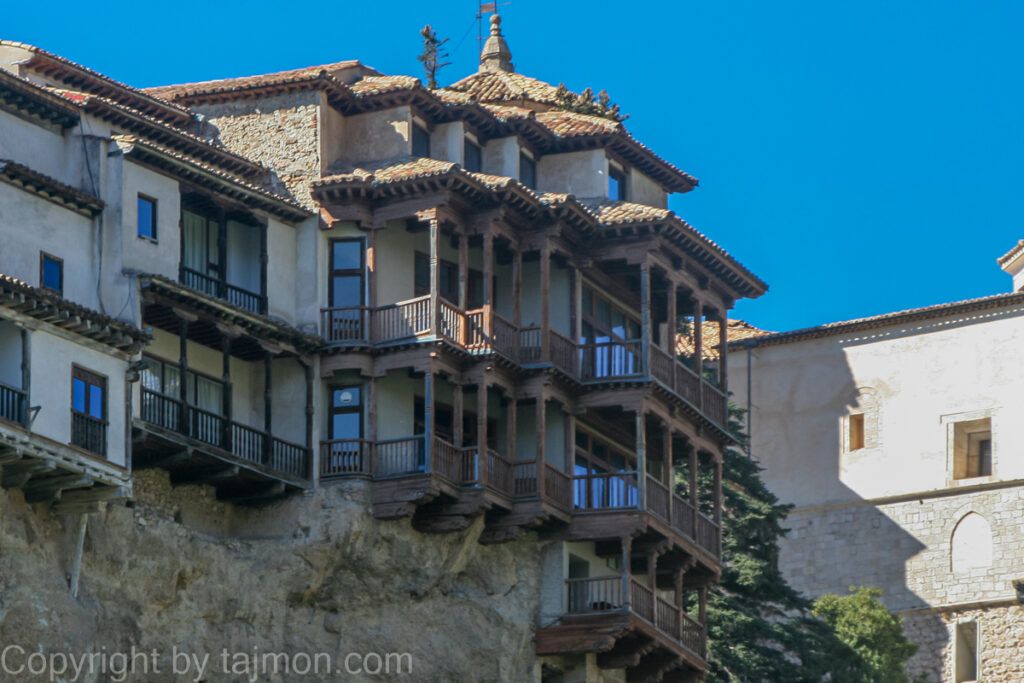Ethnological Museum
If you want to better understand the culture and traditions of Castellón, you cannot miss the Ethnological Museum, which is located on Caballeros Street, near Plaza de la Paz. This museum offers a rich and diverse collection of objects and documents that show the life and customs of people from different eras and areas.
The Ethnological Museum was founded in 1983 as the Folk Museum, with the intention of showcasing the ethnographic and anthropological heritage of Castellón. In 1999, the museum changed its name and profile, focusing on ethnology and social history. In 2006, the museum moved to its current building, which was formerly a school and orphanage, built in the 19th century.
Inside the museum, you can admire over 5000 objects and documents, divided into three sections: plana, muntanya, and mar. Plana is a section dedicated to the plain area, where the city of Castellón and its surroundings are located. In this section, you can see objects related to agriculture, crafts, trade, education, religion, and fun. Muntanya is a section dedicated to the mountainous area, where towns such as Morella, Benasal, and Vilafranca are located.
In this section, you can see objects related to breeding, forestry, construction, medicine, rituals, and legends. Mar is a section dedicated to the coastal area, where towns such as Benicàssim, Oropesa, and Alcossebre are located. In this section, you can see objects related to fishing, navigation, tourism, cuisine, music, and dance.
Various events and initiatives take place in the museum, such as temporary exhibitions, workshops, conferences, meetings, and festivals, which aim to promote and disseminate ethnological, cultural, and social values.
